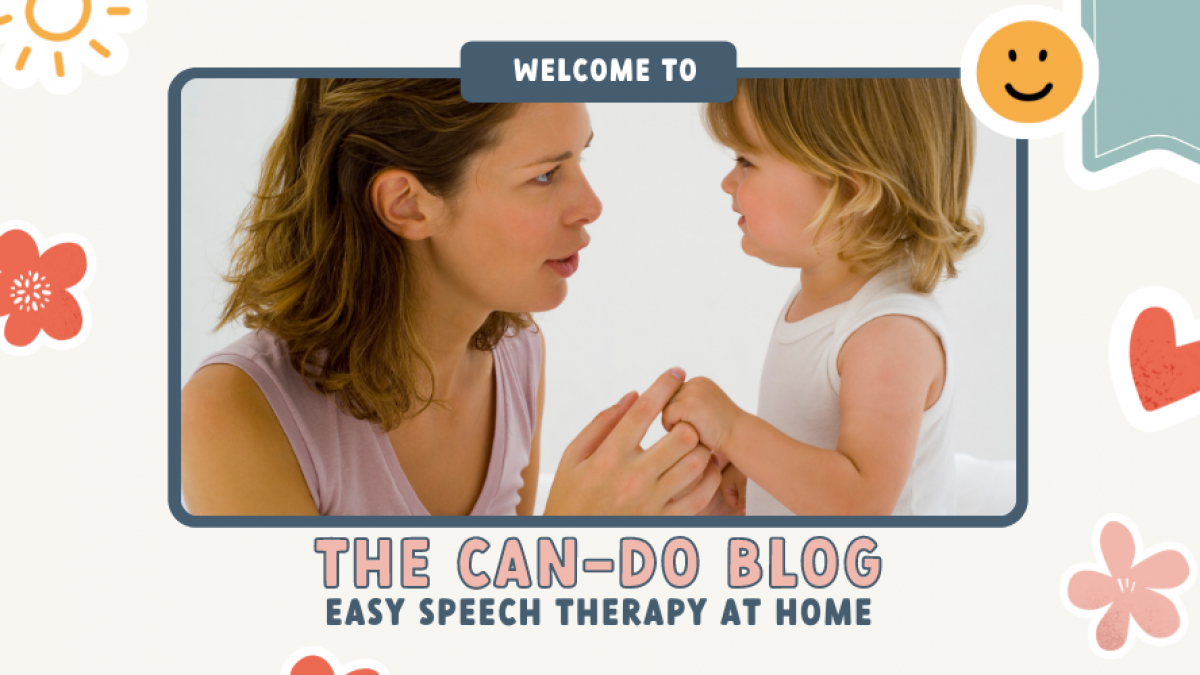Engagement

What do we mean by engaging, and how to encourage children that are reluctant to engage?
Engaging starts long before words even appear, we call this pre intentional communication. For example, when your baby is crying because they are too wet or hungry, we, as a parent, react to this communication (even though the message has not been intentionally directed at us) we will respond to the cry and do everything we can to help.
The next stage of communication is where a child will start to deliberately send a message to us, for example they may take your hand and lead you to the fridge to show that they are hungry. The message is intentional, they know if they “ask” we will “react”. Some children stay in this stage for a long while, particularly if they find communicating hard, often these children will enjoy watching the television/iPad as there is no demand or expectation to communicate. They may also have poor eye contact, ignore their name, or participate in activities of their own choosing only, as there is less demand and expectation on them. At this stage, it is common for parents to want to ask lots of questions to “prove” what they know, such as “what colour is this?” or “where is the bunny?” (in the storybook) all this does is add pressure, the child senses the demand and will retract even more.
Sometimes, what happens next, is that language/words start to develop but the intentional message sending is missing so there is no interaction. Television is a classic example, whereby the child might happily sit and watch a programme, may even repeat words that they have heard but there is no two-way communication. Flashcards is another example whereby the child might be able to recite a few pictures, but the interaction ends there, as there is little to no opportunity for it.
You may also find that your child falls into one category or the other… either they are a good initiator (whereby they can happily communicate their needs, or they may even ask questions) OR they are a good responder whereby they can answer your questions, but they do not initiate. NB the latter is often a “learnt behaviour” whereby they have “fixed” answers for things. Our job as a parent is to try and “change it up” and add an idea to their response. For example, if they say “cat” we can say back “furry cat” or “big cat” this adds an idea to what is being said.
Whichever stage your child is at, the best way to develop communication skills is to enter the child’s world where they are at, do not demand, pressurise, or ask questions. For example, if they have no words, but they are making sounds, then copy their sounds, if you are tickling them, wait for some form of reaction from them (does not have to be a word, could be a “knowing look” or a nudge) then respond to that communication by doing it again. Whatever you do, GO IN AT THEIR LEVEL!!
 Joanne Jones
Joanne Jones 